沸石轉(zhuǎn)輪的核心參數(shù)與處理效率介紹分析
來源:http://68428.com.cn/ 發(fā)布時間:2023-09-11
沸石轉(zhuǎn)輪的吸附過程實質(zhì)是放熱反應(yīng),進口廢氣的偏高會影響吸附過程,降低吸附效率,因此進口的廢氣溫度越低越有利于吸附效率的提高,但溫度過低廢氣的含水率就會升高,水分子會進入沸石蜂巢,降低沸石吸附效率,因此進口廢氣溫度和濕度是沸石轉(zhuǎn)輪吸附效率高低的第一對互相制約的參數(shù),就像溫度和濕度在蹺蹺板兩頭,需找到最佳的平衡點。
The adsorption process of zeolite wheel is essentially an exothermic reaction. The high temperature of the imported exhaust gas will affect the adsorption process and reduce the adsorption efficiency. Therefore, the lower the temperature of the imported exhaust gas, the more favorable the adsorption efficiency is. However, if the temperature is too low, the water content of the exhaust gas will increase, and water molecules will enter the boiling stone honeycomb, reducing the adsorption efficiency of zeolite. Therefore, the temperature and humidity of the imported exhaust gas are the first pair of mutually constraining parameters for the adsorption efficiency of zeolite wheel, Just like temperature and humidity at both ends of the seesaw, it is necessary to find the optimal balance point.
這里說的濕度是指相對濕度,相對濕度和溫度有一定關(guān)系,在絕對濕度(含濕量)不變的情況下,溫度降低,相對濕度會增加,因此溫度也盡可能的低,但相對濕度一般不超過70%為宜,不然處理效率將急劇下降。
The humidity mentioned here refers to relative humidity, which has a certain relationship with temperature. When the absolute humidity (moisture content) remains constant, the temperature decreases and the relative humidity increases. Therefore, the temperature should also be as low as possible, but the relative humidity should generally not exceed 70%, otherwise the processing efficiency will sharply decrease.
2.2、沸石轉(zhuǎn)輪的轉(zhuǎn)速
2.2. Rotating speed of zeolite wheel
沸石轉(zhuǎn)輪的轉(zhuǎn)速的快慢決定了以下:①脫附時間、②吸附時間、③脫附區(qū)域升溫程度、④冷卻區(qū)降溫程度等。
The speed of the zeolite wheel determines the following: ① desorption time, ② adsorption time, ③ degree of temperature rise in the desorption area, ④ degree of cooling in the cooling area, etc.
沸石轉(zhuǎn)輪的轉(zhuǎn)速過快會導致沸石脫附不徹底,殘留有機物影響吸附效果;吸附區(qū)停留時間短,沸石未充分吸附;沸石轉(zhuǎn)輪的轉(zhuǎn)速過慢會導致脫附區(qū)停留時間長,沸石溫度高,不利于沸石在吸附區(qū)進行吸附,吸附區(qū)停留時間長,沸石吸附達到飽和,吸附效率降低。
The rotating speed of the zeolite wheel is too fast, which can lead to incomplete zeolite desorption and residual organic matter affecting the adsorption effect; The retention time in the adsorption zone is short, and the zeolite is not fully adsorbed; The slow rotation speed of the zeolite wheel can lead to a long residence time in the desorption zone and a high temperature of the zeolite, which is not conducive to the adsorption of the zeolite in the adsorption zone. If the residence time in the adsorption zone is long, the adsorption of the zeolite reaches saturation, and the adsorption efficiency decreases.
因此轉(zhuǎn)輪轉(zhuǎn)速的快與慢是有機廢氣處理效率高低的第二對互相制約的參數(shù),同時影響著吸附區(qū)域的溫度高低,轉(zhuǎn)輪轉(zhuǎn)速快與慢蹺蹺板的平衡點是至關(guān)重要的一項,下圖是在其他參數(shù)既定條件下轉(zhuǎn)速和效率曲線圖,從圖中可以看出沸石轉(zhuǎn)輪轉(zhuǎn)速為3-4.5轉(zhuǎn)/h時處理效率較佳。
Therefore, the speed of the runner is the second pair of mutually constraining parameters for the efficiency of organic waste gas treatment, and it also affects the temperature of the adsorption area. The balance point between the fast and slow speed of the runner and the seesaw is crucial. The figure below shows the speed and efficiency curve under other established parameters. From the figure, it can be seen that the treatment efficiency is better when the speed of the zeolite runner is between 3 and 4.5 revolutions per hour.
2.3、沸石轉(zhuǎn)輪的脫附溫度
2.3. Desorption temperature of zeolite runner
脫附溫度存在高和低兩個方向設(shè)置,脫附區(qū)域脫附溫度偏高會使沸石溫度高,有利于脫附,但當轉(zhuǎn)輪轉(zhuǎn)到吸附區(qū)域,沸石溫度偏高不利于吸附,且運行安全火災(zāi)風險增加;脫附溫度偏低會造成沸石脫附不徹底,沸石存有殘留有機物不利于吸附,降低吸附效率。
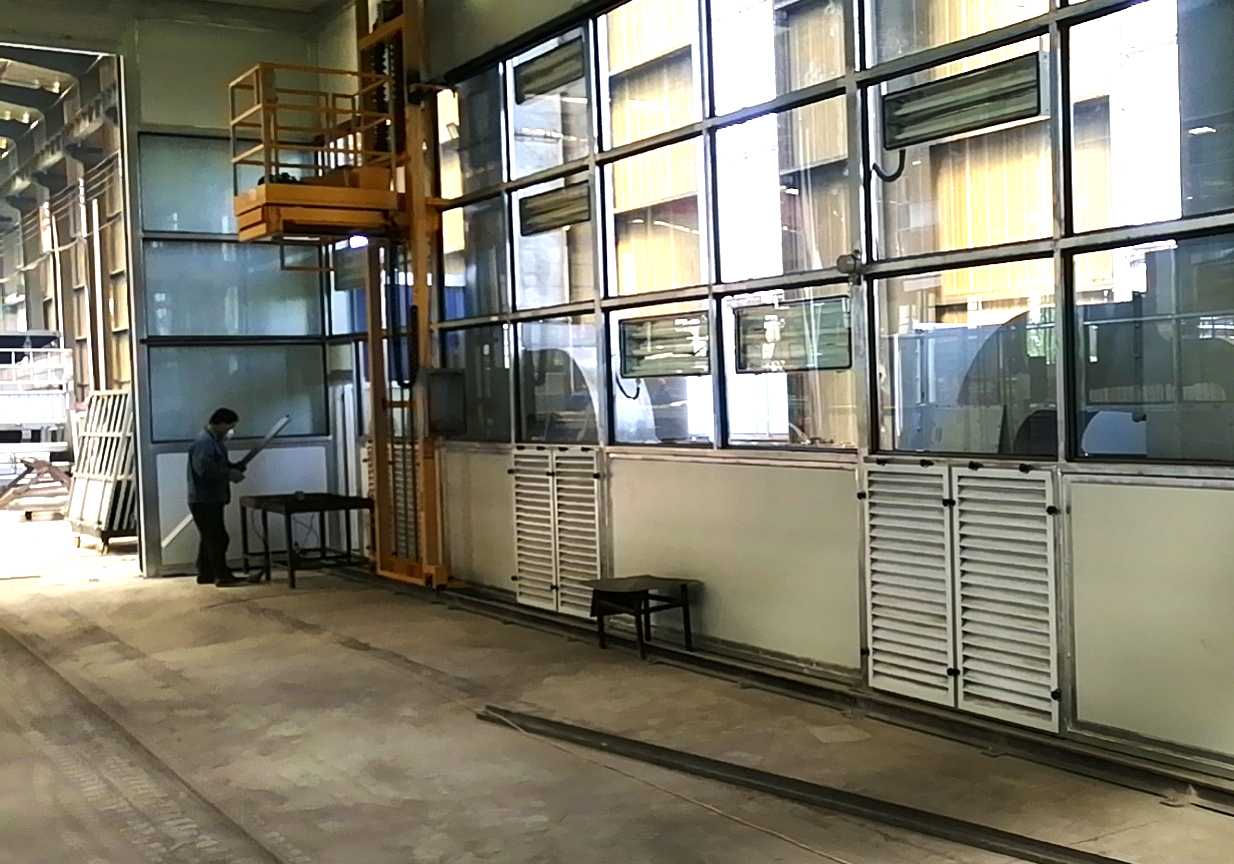

There are two directions for setting the desorption temperature: high and low. A higher desorption temperature in the desorption area will cause a higher temperature of the zeolite, which is beneficial for desorption. However, when the wheel is turned to the adsorption area, a higher temperature of the zeolite is not conducive to adsorption, and the risk of fire increases during operation safety; A low desorption temperature can cause incomplete desorption of zeolite, resulting in residual organic matter that is not conducive to adsorption and reducing adsorption efficiency.
因此脫附溫度的高低不僅僅影響著脫附的效率,還影響著吸附階段的沸石溫度高低,間接影響到吸附的處置效率,是一個很有意思的蹺蹺板。
Therefore, the temperature of desorption not only affects the efficiency of desorption, but also affects the temperature of zeolite in the adsorption stage, indirectly affecting the disposal efficiency of adsorption, making it a very interesting seesaw.
脫附溫度一般根據(jù)有機物成分的沸點設(shè)置,異丙醇、丙酮沸點分別為82.4℃和56.5℃,高沸點的單甲基醚丙二醇、丙二醇甲醚醋酸酯、二乙二醇單甲醚沸點分別為146℃和160~240℃,基于沸石的厚度需熱傳導和脫附吸熱的特性,因此脫附溫度需高于沸點溫度,一般脫附溫度在180~210℃時處理效率較佳,且火災(zāi)風險較低,過高會影響吸附區(qū)的處理效率和存在火災(zāi)風險。另外定期對沸石進行再生,去除沸石中殘留物,避免影響處理效率。
The desorption temperature is generally set based on the boiling points of organic compounds. The boiling points of isopropanol and acetone are 82.4 ℃ and 56.5 ℃, respectively. The boiling points of high boiling point monomethyl ether propylene glycol, propylene glycol methyl ether acetate, and diethylene glycol monomethyl ether are 146 ℃ and 160-240 ℃, respectively. Based on the thickness of zeolite, which requires thermal conductivity and desorption heat absorption, the desorption temperature needs to be higher than the boiling point temperature. Generally, the treatment efficiency is better when the desorption temperature is between 180-210 ℃, And the fire risk is low, too high will affect the treatment efficiency of the adsorption area and there is a fire risk. In addition, zeolite is regularly regenerated to remove residues from the zeolite and avoid affecting treatment efficiency.
2.4、濃縮倍數(shù)
2.4 Concentration factor
濃縮倍數(shù)=待處理廢氣風量×處理效率/脫附風量,從公式可以看出濃縮倍數(shù)實質(zhì)是有效吸附風量和脫附風量的比率,濃縮倍數(shù)高則吸附效率降低,濃縮倍數(shù)低則吸附效率高。
Concentration ratio=air volume of waste gas to be treated × From the formula, it can be seen that the concentration factor is essentially the ratio of effective adsorption air volume to desorption air volume. A high concentration factor results in a decrease in adsorption efficiency, while a low concentration factor results in a high adsorption efficiency.
因為濃縮倍率高則待處理廢氣風量增加,沸石吸附有機物量增加,沸石轉(zhuǎn)輪脫附風量相對變低,則脫附量相對變低,達到一定臨界值時,脫附區(qū)沒有100%脫附,則處置效率降低;濃縮倍率降低待處理廢氣風量減少,沸石吸附有機物量減少,脫附量相對變高,沸石轉(zhuǎn)輪100%脫附,則處置效率升高。
Because a high concentration rate results in an increase in the air volume of the waste gas to be treated, an increase in the amount of organic matter adsorbed by zeolite, and a relative decrease in the desorption air volume of the zeolite wheel, the desorption amount becomes relatively low. When a certain critical value is reached, the desorption zone does not have 100% desorption, and the disposal efficiency decreases; The concentration rate decreases, the air volume of the waste gas to be treated decreases, the amount of organic matter adsorbed by zeolite decreases, and the desorption amount relatively increases. If the zeolite wheel is 100% desorbed, the disposal efficiency increases.
2.5、吸附溫度
2.5. Adsorption temperature
從待處理有機廢氣溫度-效率曲線圖可以看出,由于有機物的結(jié)露點、沸石的吸附特性等因素影響,沸石吸附區(qū)溫度越低,吸附效率就越高。
From the temperature efficiency curve of the organic waste gas to be treated, it can be seen that due to factors such as the dew point of organic matter and the adsorption characteristics of zeolite, the lower the temperature of the zeolite adsorption zone, the higher the adsorption efficiency.
吸附溫度是由廢氣入口溫度、轉(zhuǎn)輪在吸附區(qū)的沸石溫度等綜合因素決定,沸石吸附區(qū)的溫度由脫附區(qū)溫度和轉(zhuǎn)輪轉(zhuǎn)速決定,為了迅速降低沸石吸附區(qū)的溫度,一般在脫附區(qū)和吸附區(qū)過度區(qū)間增加沸石冷卻區(qū),提高吸附區(qū)吸附效率。
The adsorption temperature is determined by a combination of factors such as the inlet temperature of the exhaust gas and the temperature of the zeolite in the adsorption area of the impeller. The temperature of the zeolite adsorption area is determined by the temperature of the desorption area and the rotation speed of the impeller. In order to quickly reduce the temperature of the zeolite adsorption area, it is generally necessary to add a zeolite cooling zone in the transition zone between the desorption area and the adsorption area to improve the adsorption efficiency of the adsorption area.
一般用吸附區(qū)的廢氣出口溫度作為參數(shù)進行監(jiān)控,廢氣出口溫度控制在120℃以下為宜,可以提高吸附區(qū)處理效率和降低火災(zāi)風險。
Generally, the exhaust gas outlet temperature of the adsorption zone is used as a parameter for monitoring. It is advisable to control the exhaust gas outlet temperature below 120 ℃, which can improve the treatment efficiency of the adsorption zone and reduce fire risk.
除了以上因素外,燃燒爐的溫度、脫附區(qū)和吸附區(qū)的風壓比及其區(qū)間的密封性、待處理廢氣的粉塵、含有過高的高沸點物質(zhì)等也會對處理效率和終排放值有影響。
In addition to the above factors, the temperature of the combustion furnace, the air pressure ratio of the desorption and adsorption zones, and the sealing of their intervals, the dust in the waste gas to be treated, and the presence of excessively high boiling substances can also affect the treatment efficiency and final emission value.
燃燒爐溫度過低導致高濃度有機廢氣燃燒不充分,匯集到排放口會導致排放濃度升高,燃燒爐溫度過高,存在燃料浪費且運行的安全風險,一般設(shè)置燃燒爐燃燒溫度宜在:750℃-850℃。
The low temperature of the combustion furnace leads to insufficient combustion of high concentration organic waste gas, which can lead to an increase in emission concentration when collected at the discharge outlet. The high temperature of the combustion furnace poses a safety risk of fuel waste and operation. Generally, the combustion temperature of the combustion furnace should be set at 750 ℃ -850 ℃.
上一篇:噴砂房的局部抽風的特點介紹
下一篇:廢氣處理設(shè)備解決獨特汽體時要注意的問題




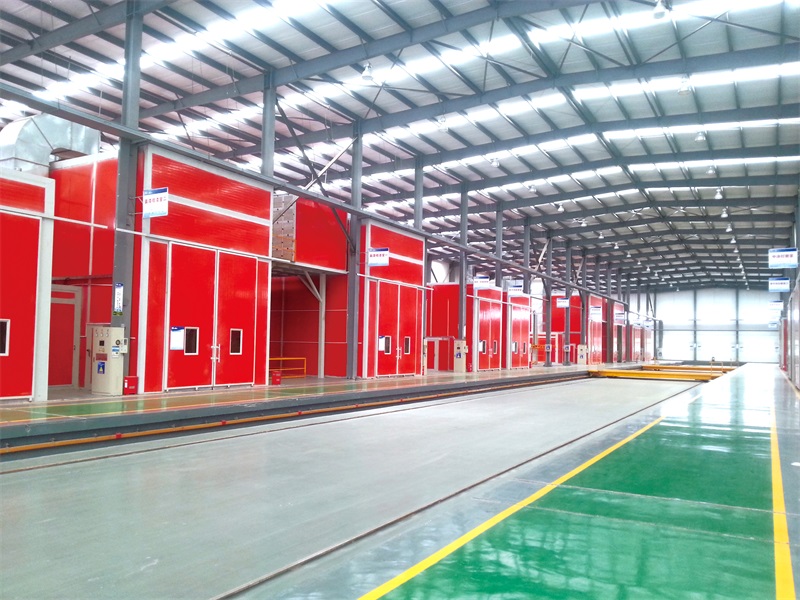
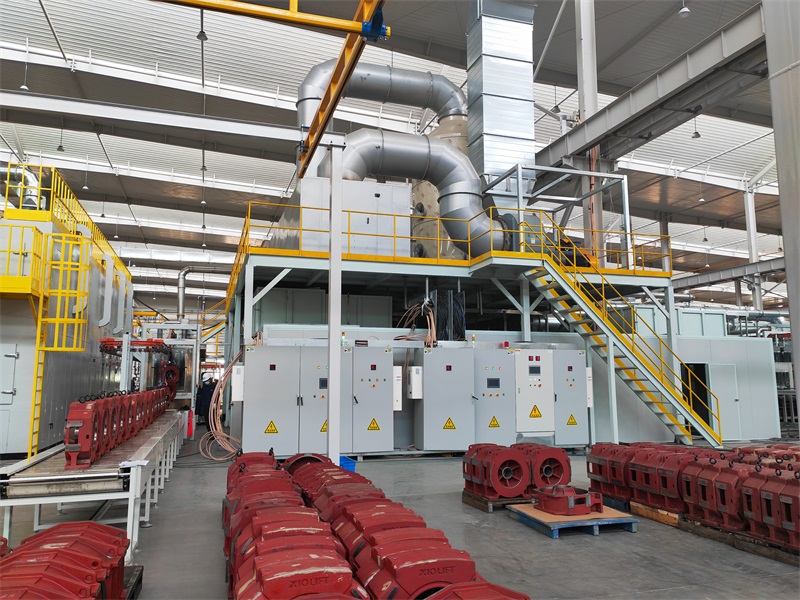

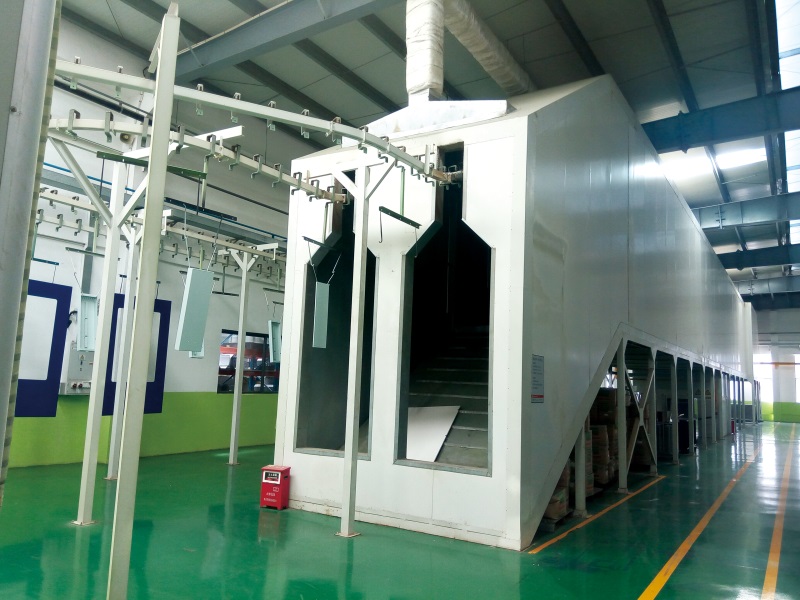
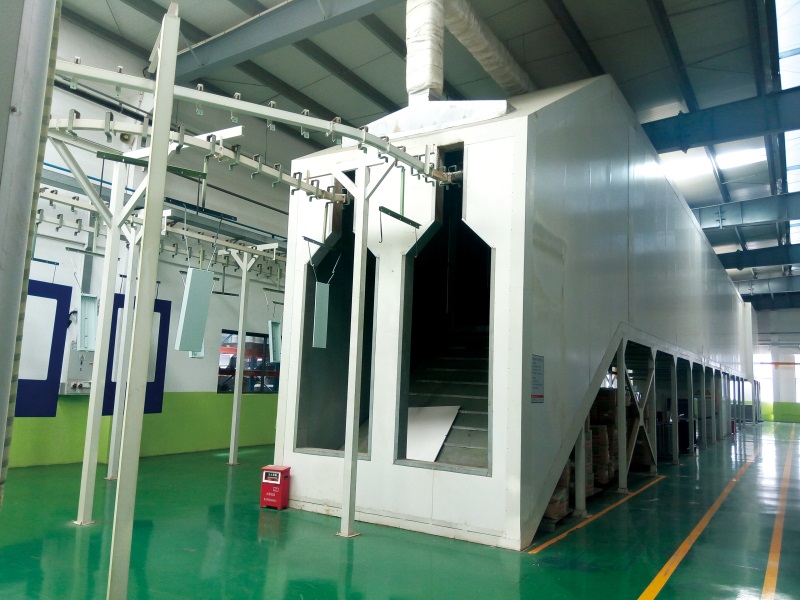



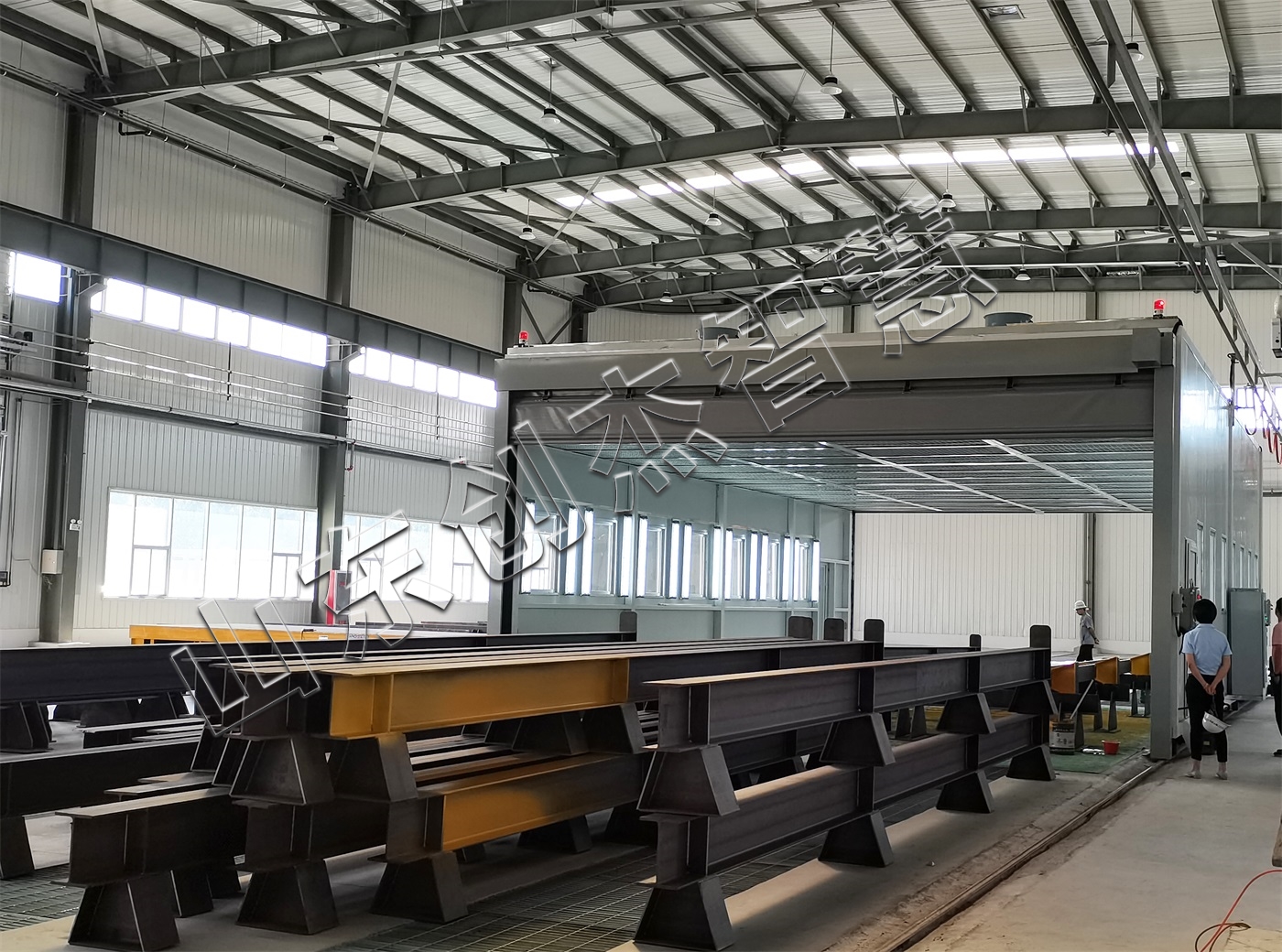

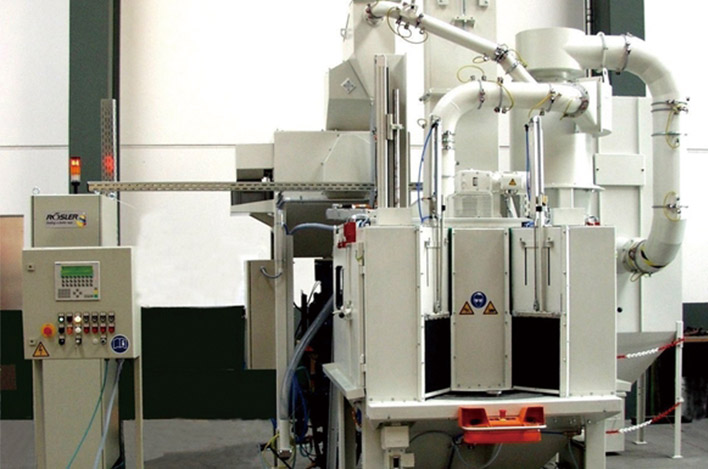

 魯公網(wǎng)安備 37142502000144號
魯公網(wǎng)安備 37142502000144號